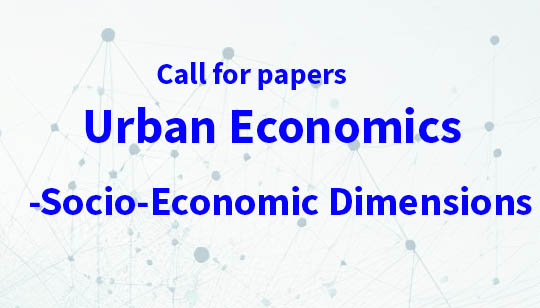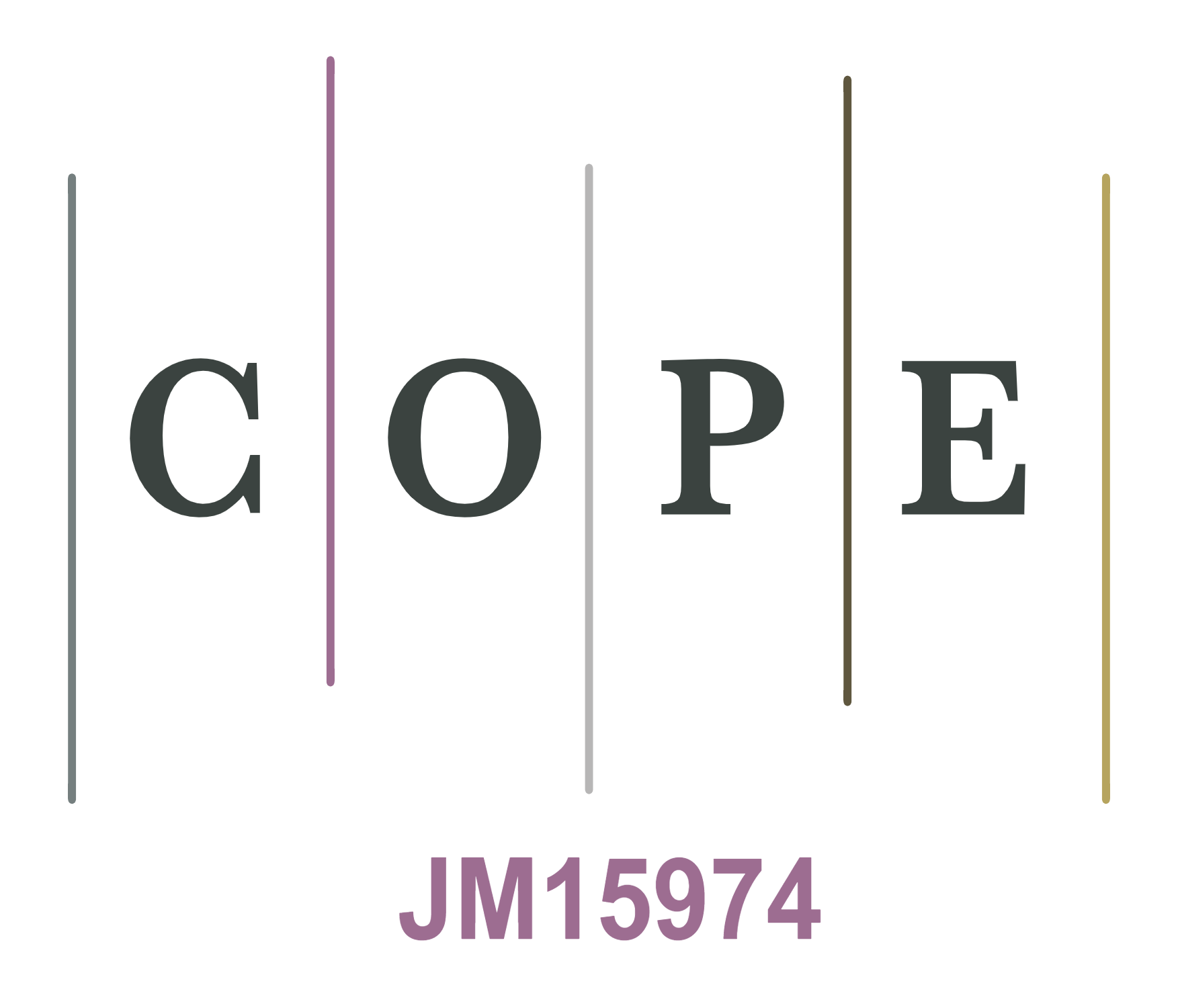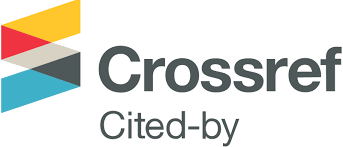Comparative Spatio-Temporal Dynamics of Urban Sprawl in Algerian Cities Skikda and Tébessa (1985-2024) Using GIS and Landsat Imagery
DOI:
https://doi.org/10.25034/ijcua.2024.v8n2-7Keywords:
Urban Sprawl, Land Use Change, Spatio-Temporal Dynamics, Skikda, Geographic Information System (GIS), TebessaAbstract
This study analyzes urban sprawl in the Algerian cities of Skikda and Tébessa from 1985 to 2024, utilizing supervised classification of Landsat satellite imagery and GIS analysis. Skikda, a coastal city, experienced a 68% increase in built-up areas due to industrial growth and coastal geography, whereas Tébessa, an inland city, saw a 45% increase, with growth moderated by its topography and economic structure. The findings illustrate how socio-economic factors, land-use policies, and geographical characteristics influence urban expansion patterns. Skikda's rapid, scattered growth contrasts with Tébessa's controlled expansion. This study highlights the need for customized urban planning strategies that consider local contexts to manage urban sprawl effectively. By comparing the dynamics of coastal and inland cities, the research provides valuable insights for sustainable urban development in medium-sized Algerian cities, offering a framework for similar studies nationwide.
Downloads
References
Abdelhakim, H. (2023). Urban Space Between Sprawl And Compactness, Which Urban Form Is Adequate For A Better Growth Of Cities? Examples, Cities Of Algeria. 22(7).
Abdelkebir, B., Guesri, M., Mokhtari, E., & Engel, B. (2023). Simulation of Rainfall-Runoff process using SWAT model in Bouhamdane watershed, Algeria. Glasnik Srpskog Geografskog Drustva, 103(2), 279‑292. https://doi.org/10.2298/GSGD2302279A
Aggoune, K. (2024). A dynamic urban landscape in Algeria : Actors, mechanisms and governance challenges. Al-Basha'ir Economic Journal: Taheri Mohammed University, Bechar - Faculty of Economics, Business and Management Sciences 10(2), 650‑662. https://doi.org/10.33704/1748-010-002-039
Ahmadpour, A., & Shahraki, M. R. (2019). Land-Use Change Scenarios. In W. Leal Filho, A. M. Azul, L. Brandli, P. G. Özuyar, & T. Wall (Éds.), Zero Hunger (p. 1‑9). Springer International Publishing. https://doi.org/10.1007/978-3-319-69626-3_31-1
Asabere, S. B., Acheampong, R. A., Ashiagbor, G., Beckers, S. C., Keck, M., Erasmi, S., Schanze, J., & Sauer, D. (2020). Urbanization, land use transformation and spatio-environmental impacts: Analyses of trends and implications in major metropolitan regions of Ghana. Land Use Policy, 96, 104707. https://doi.org/10.1016/j.landusepol.2020.104707
Aswal, P., Saini, R., & Tanzeem, M. (2018). Spatio Temporal Monitoring of Urban Sprawl using GIS and Remote Sensing Technique. International Journal of Computer Applications, 182(27), 11‑24. https://doi.org/10.5120/ijca2018918100
Auwalu, F. K., & Bello, M. (2023). Exploring the Contemporary Challenges of Urbanization and the Role of Sustainable Urban Development: A Study of Lagos City, Nigeria. Journal of Contemporary Urban Affairs, 7(1), 175‑188. https://doi.org/10.25034/ijcua.2023.v7n1-12
Birch, E. L., & Wachter, S. M. (2011). Chapter 1. World Urbanization: The Critical Issue of the Twenty-First Century. In E. L. Birch & S. M. Wachter (Éds.), Global Urbanization (p. 3‑23). University of Pennsylvania Press. https://doi.org/10.9783/9780812204476.3
Chettry, V. (2022). Geospatial measurement of urban sprawl using multi-temporal datasets from 1991 to 2021: Case studies of four Indian medium-sized cities. Environmental Monitoring and Assessment, 194(12), 860. https://doi.org/10.1007/s10661-022-10542-6
Côte, M. (1994). L’urbanisation en Algérie: Idées reçues et réalités [Urbanization in Algeria: preconceived ideas and realities]. Travaux de l’Institut de Géographie de Reims, 85(1), 59‑72. https://doi.org/10.3406/tigr.1994.1304
Dechaicha, A. (2020). Compacité et tendances d’étalement urbain. Cas d’étude: Les grandes villes du Bas-Sahara algérien [Compactness and urban sprawl trends. Case study: Large towns in Algeria's Lower Sahara region] (Doctoral dissertation, Université Mohamed Khider – Biskra). Département d’Architecture.
Fuladlu, K. (2019). Urban Sprawl Negative Impact: Enkomi Return Phase. Journal of Contemporary Urban Affairs, 3(1), 44‑51. https://doi.org/10.25034/ijcua.2018.4709
Getu, K., & Bhat, H. G. (2021). Analysis of spatio-temporal dynamics of urban sprawl and growth pattern using geospatial technologies and landscape metrics in Bahir Dar, Northwest Ethiopia. Land Use Policy, 109, 105676. https://doi.org/10.1016/j.landusepol.2021.105676
Geyer, H. S., & Kontuly, T. (1993). A Theoretical Foundation for the Concept of Differential Urbanization. International Regional Science Review, 15(2), 157‑177. https://doi.org/10.1177/016001769301500202
Gherzouli, L., & Labii, B. (2020). Les enjeux de la durabilité urbaine: Cas de Tébessa [The challenges of urban sustainability: The case of Tébessa]. 12(4), 47-61.
Hadef, H., & Hadef, A. (2022). Population and Industrial/City Proximity: Ignorance or Complicity? Case of Skikda, Algeria. International Journal of Innovative Studies in Sociology and Humanities, 7(11), 55‑63. https://doi.org/10.20431/2456-4931.071105
Hadjela, Dr. ALi., & Menacer, Kheireddine. (2023). Urban Planning Violations in the Planned Districts: The Case of the District of 120 Dwellings in the City of Tebessa, Algeria. International Journal of Innovative Studies in Sociology and Humanities, 8(1), 58‑69. https://doi.org/10.20431/2456-4931.080106
He, Q., Zeng, C., Xie, P., Tan, S., & Wu, J. (2019). Comparison of urban growth patterns and changes between three urban agglomerations in China and three metropolises in the USA from 1995 to 2015. Sustainable Cities and Society, 50, 101649. https://doi.org/10.1016/j.scs.2019.101649
Hu, X., & Yang, J. (2018). Quantitative Analysis of the Urban Factors Limiting Central District Plane Form Expansion: Twenty-one Case Studies of Asian Megacities′ Central Districts. Journal of Asian Architecture and Building Engineering, 17(2), 345‑351. https://doi.org/10.3130/jaabe.17.345
Idowu, D., & Zhou, W. (2021). Land Use and Land Cover Change Assessment in the Context of Flood Hazard in Lagos State, Nigeria. Water, 13(8), 1105. https://doi.org/10.3390/w13081105
Jain, G. V., & Sharma, S. A. (2019). Spatio-temporal analysis of urban growth in selected small, medium, and large Indian cities. Geocarto International, 34(8), 887‑908. https://doi.org/10.1080/10106049.2018.1450450
Kookana, R. S., Drechsel, P., Jamwal, P., & Vanderzalm, J. (2020). Urbanization and emerging economies: Issues and potential solutions for water and food security. Science of The Total Environment, 732, 139057. https://doi.org/10.1016/j.scitotenv.2020.139057
Lawrence F., F., & Mildred E., A. (2020). Land Use Dynamics and Variations in Sprawl across Municipalities in the Bamenda Urban-scape from 1996-2018. Journal of Sustainable Development, 13(4), 224. https://doi.org/10.5539/jsd.v13n4p224
Leulmi, L., Lazri, Y., Abdelkebir, B., & Bensehla, S. (2023). Assessment of the effect of land use and land cover (LULC) change on depth runoff: Case study of Skikda floods event. Glasnik Srpskog Geografskog Drustva, 103(2), 145‑160. https://doi.org/10.2298/GSGD2302145L
Manikandan, S. (2019). Spatial and Temporal Dynamics of Urban Sprawl Using Multi-temporal Images and Relative Shannon Entropy Model in Adama, Ethiopia. Journal of Advanced Research in Geo Sciences & Remote Sensing, 05(3 & 4), 48‑57. https://doi.org/10.24321/2455.3190.201801
Mostari, A., Benabdeli, K., & Ferah, T. (2021). Assessment of the impact of urbanization on agricultural and forest areas in the coastal zone of Mostaganem (western Algeria). Ekológia (Bratislava), 40(3), 230‑239. https://doi.org/10.2478/eko-2021-0025
Nemouchi, H. (2023). Peri-Urban Pressures: The Interplay of Land Strategies and Urbanization in Algeria’s Oran Metropolis. Journal of Contemporary Urban Affairs, 7(2), 1‑19. https://doi.org/10.25034/ijcua.2023.v7n2-1
Nuissl, H., & Siedentop, S. (2021). Urbanisation and Land Use Change (p. 75‑99). https://doi.org/10.1007/978-3-030-50841-8_5
Oyesiji, O. A. (2023). Spatio-Temporal Measurements of Urban Sprawl Dynamics In Oyo Town, Nigeria. African Journal on Land Policy and Geospatial Sciences, Vol 6, 094-106 Pages. https://doi.org/10.48346/IMIST.PRSM/AJLP-GS.V6I1.34547
Saidi, F. A., Phinzi, K., & Molnár, E. (2023). Urbanization in Algeria: Toward a More Balanced and Sustainable Urban Network? Social Sciences, 12(3), 174. https://doi.org/10.3390/socsci12030174
Salvati, L. (2016). The ‘Sprawl Divide’: Comparing models of urban dispersion in mono-centric and polycentric Mediterranean cities. European Urban and Regional Studies, 23(3), 338‑354. https://doi.org/10.1177/0969776413512843
Sharma, M., Kumar, V., & Kumar, S. (2024). A systematic review of urban sprawl and land use/land cover change studies in India. Sustainable Environment, 10(1), 2331269. https://doi.org/10.1080/27658511.2024.2331269
Siyavuş, A. E., & Aydın, T. N. (2022). A bibliometric analysis of urban sprawl. Papers in Applied Geography, 8(2), 163‑184. https://doi.org/10.1080/23754931.2021.1975307
Wu, D., Zheng, L., Wang, Y., Gong, J., Li, J., & Chen, Q. (2023). Urban expansion patterns and their driving forces analysis: A comparison between Chengdu-Chongqing and Middle Reaches of Yangtze River urban agglomerations. Environmental Monitoring and Assessment, 195(9), 1121. https://doi.org/10.1007/s10661-023-11720-w
Wu, J., Wu, C., Zhang, Q., Zhuang, M., Xiao, H., Wu, H., Ouyang, L., Liu, Y., Meng, C., Song, C., Haase, D., & Li, J. (2023). Spatiotemporal Evolution of Urban Agglomeration and Its Impact on Landscape Patterns in the Pearl River Delta, China. Remote Sensing, 15(10), 2520. https://doi.org/10.3390/rs15102520
Xu, F., Wang, Z., Chi, G., Wang, D., Zhang, Z., & Zuo, D. (2021). Differentiation and progress of urban regionalization in China: Perspectives of land use and geography. Applied Geography, 137, 102600. https://doi.org/10.1016/j.apgeog.2021.102600
Published
Issue
Section
License
Copyright (c) 2024 Lounis lbtissem, Leulmi Lamia, Gherzouli lazhar, Lazri Youcef

This work is licensed under a Creative Commons Attribution 4.0 International License.






















